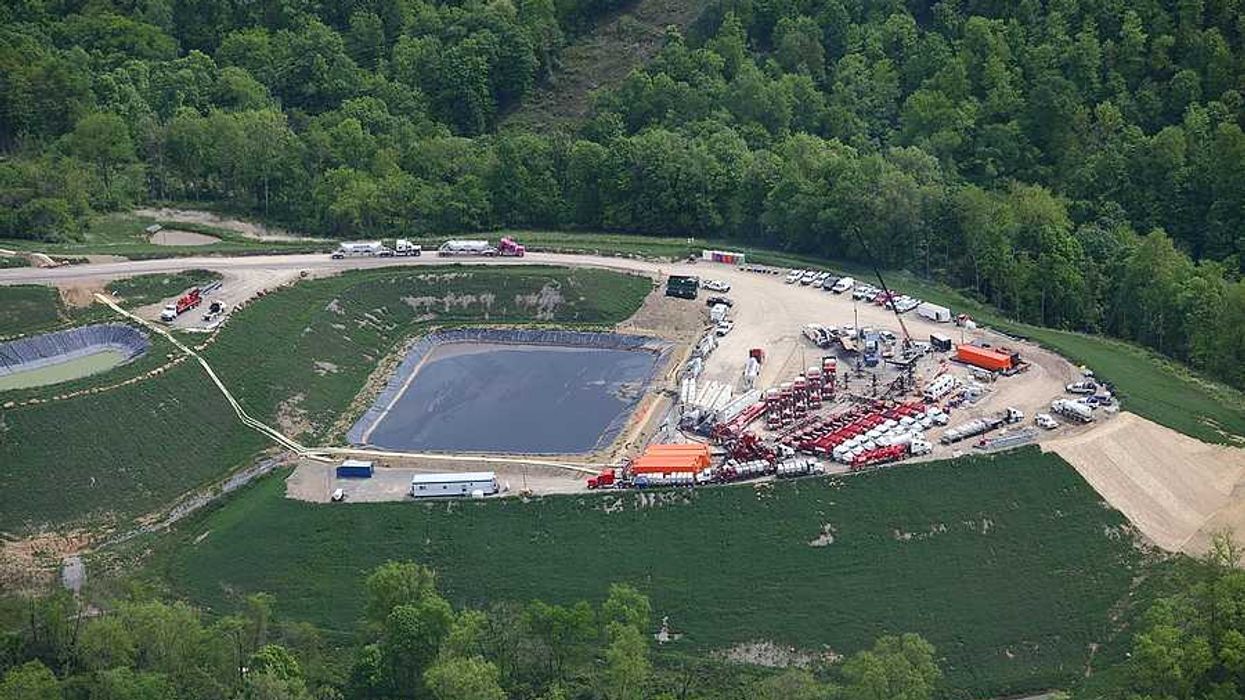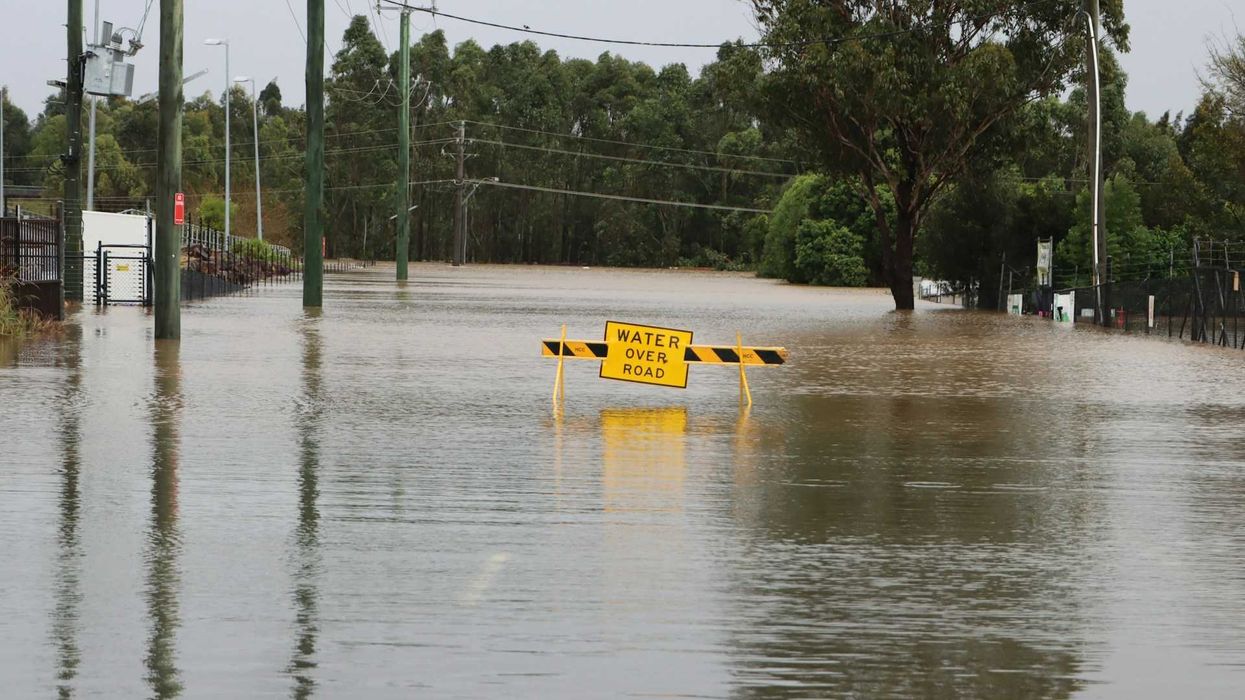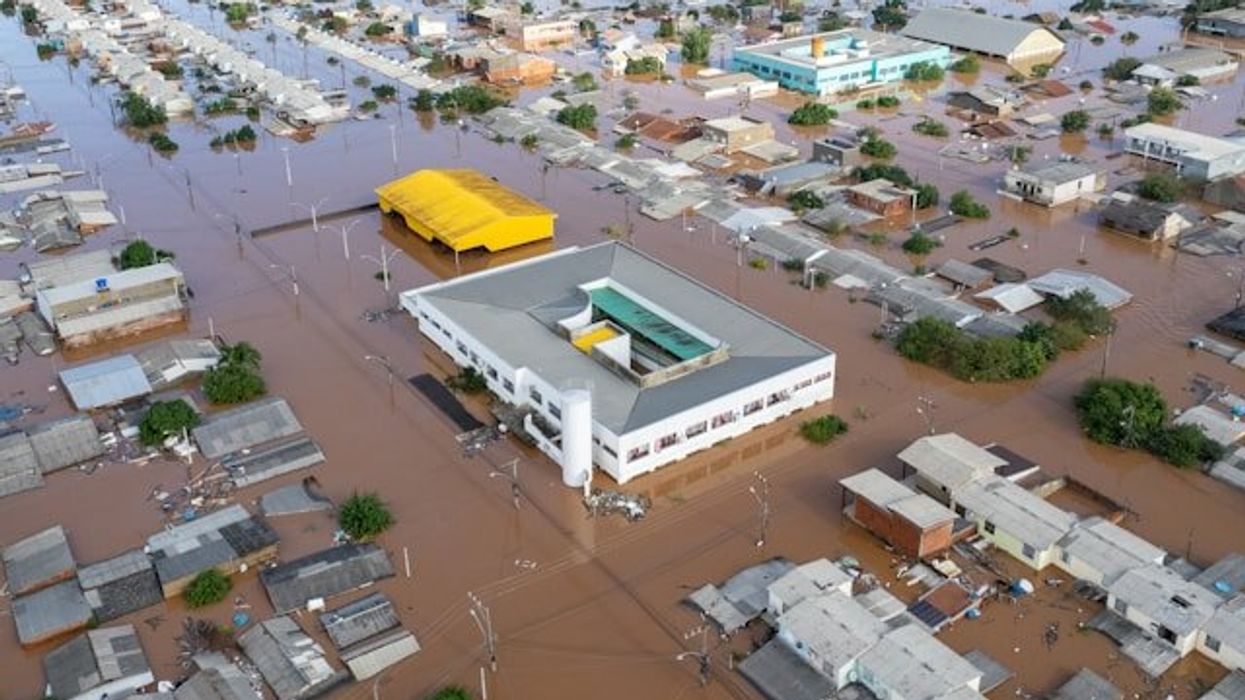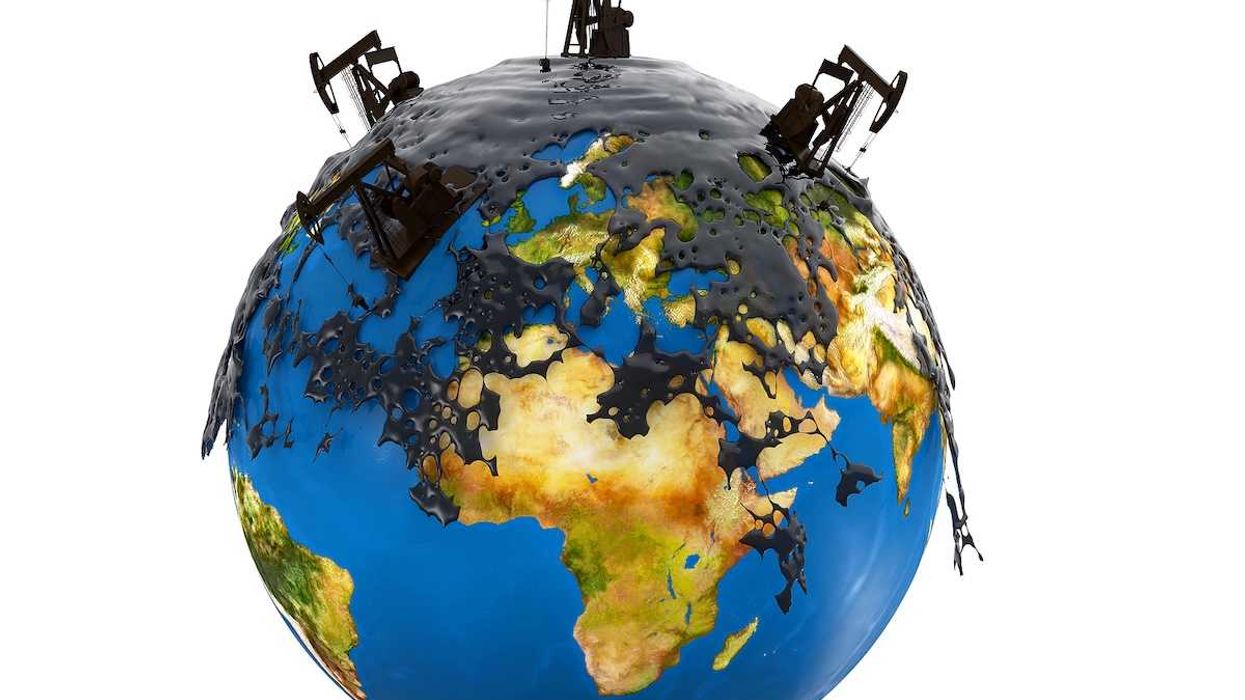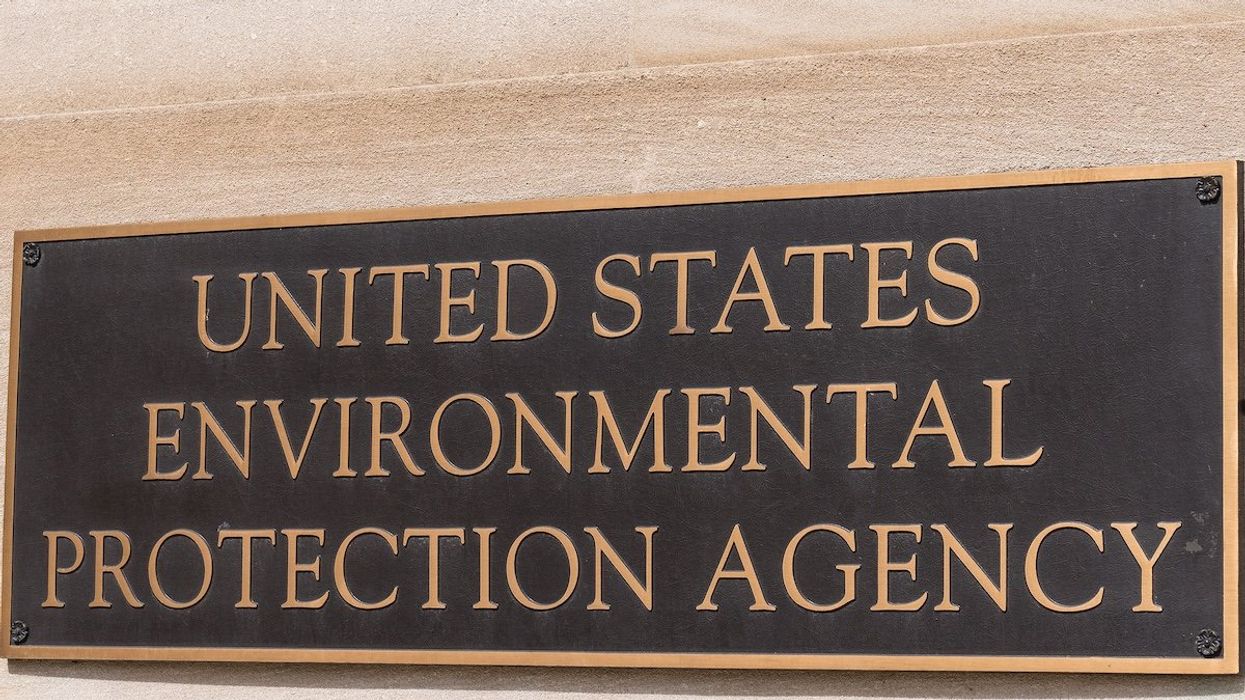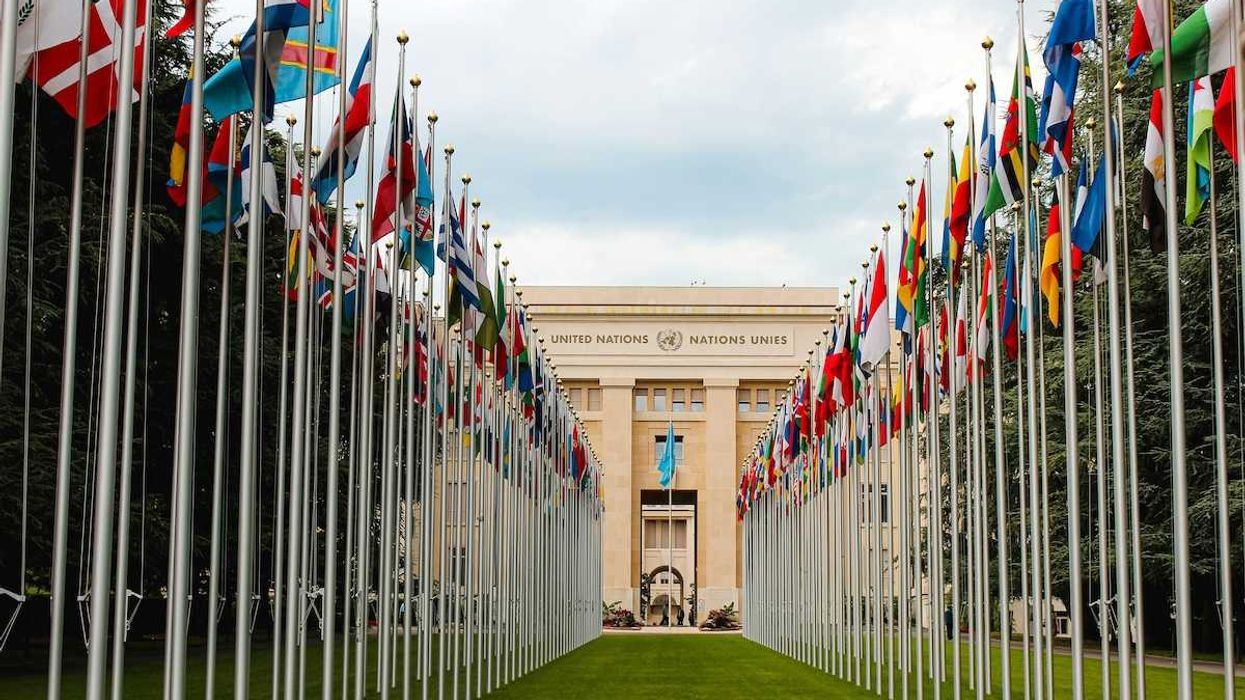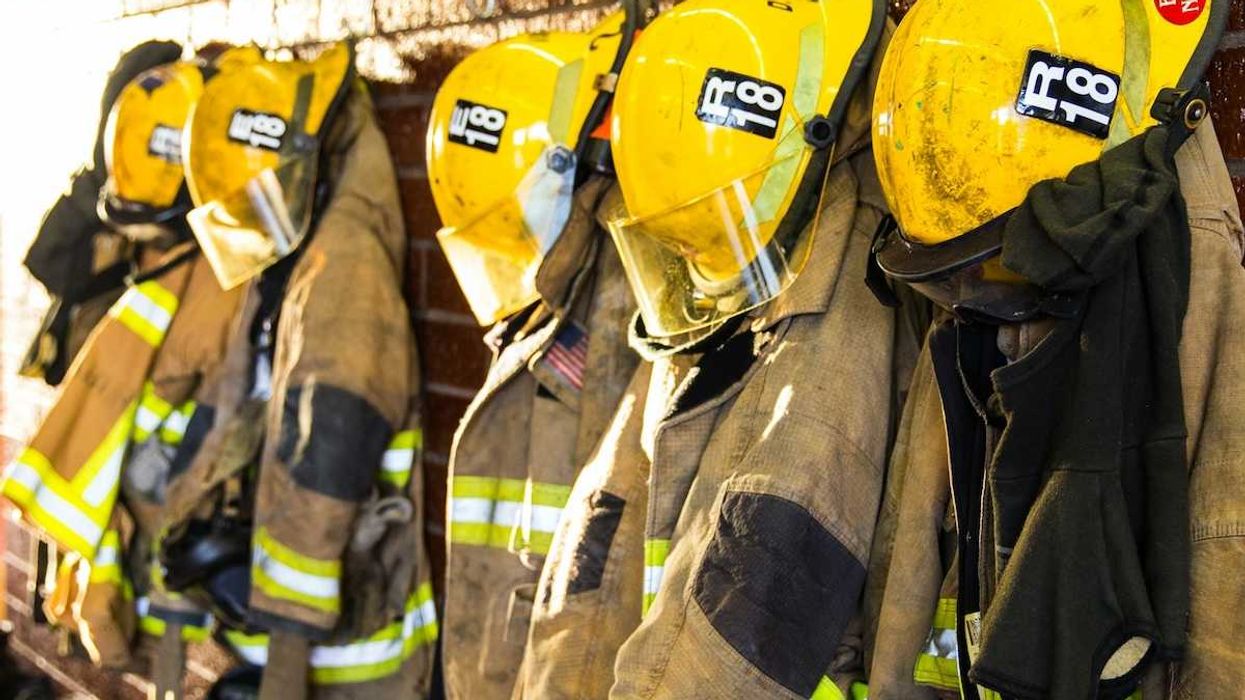In the Arctic, the expansion of white spruce is accelerating due to increased snowfall linked to sea ice loss, presenting new climate challenges.
In short:
- White spruce trees are encroaching on Alaskan tundra previously too harsh for their growth, exacerbated by the Arctic warming rate which is significantly higher than the global average.
- This 'Arctic greening' alters the local albedo effect, where darker tree areas absorb more sunlight, contributing to permafrost thawing and the potential release of greenhouse gases.
- Research indicates that decreased sea ice leads to more evaporation and snow, which aids young spruce survival, facilitating the northward spread of boreal forests.
Key quote:
"Once it gets to be about waist high, it's going to live. It's the little babies that don't survive."
— Roman Dial, ecologist at Alaska Pacific University
Why this matters:
Increased tree coverage in the Arctic could intensify warming trends and contribute to the escalating release of greenhouse gases from permafrost.
Arctic shorebirds are experiencing climate-related changes as well: The daily rate of eggs stolen from shorebirds' nests in the Arctic is three times higher than it was 70 years ago.






